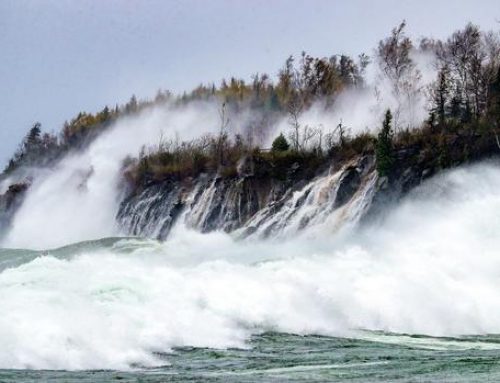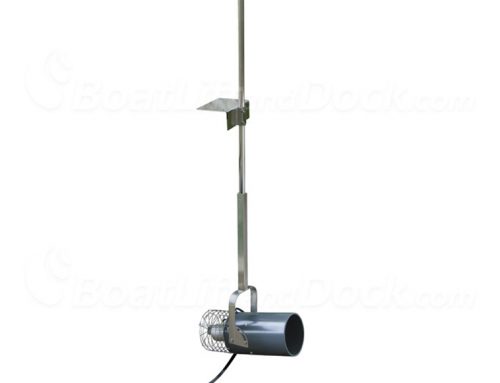It was hot last summer. The weather was so extreme that it set records all across the country, leaving the powers that be looking for a widespread solution to the problem. There has been a significant emphasis by those who are monitoring the situation, on the historically low precipitation (rain, snow) and excessively high temperatures in spring and summer over the past few years. These two factors have created a situation in which high evaporation during the summer is not being adequately countered by precipitation during the winter, leading to record water level lows all across the Great Lakes Basin.
Lake Huron, Michigan, and St. Claire are all on average 16” lower than they were a year ago, while Lake Superior is an inch lower; with projections for 2013 forecasting more of the same. Lake Superior has been experiencing a stark decrease in winter ice cover, which is down by 50% from a century ago. The lower ice accumulation has been linked to an average increase in water temperatures of 2 degrees per decade, a variation not in line with air temperatures. Ice on the Great Lakes reflects allot of sunlight back into space and a diminished amount of ice on the largest lake in the world has resulted in warmer water temperatures.
 This shift in the conditions of the Great Lakes has resulted in a greater amount of evaporation, which, combined with a lower on average precipitation rate, has decreased water levels all over. Great Lakes states and their communities are moving into an era of lake management that will likely strain resources and lead to factionalism as the cost is absorbed by those affected by the changes.
This shift in the conditions of the Great Lakes has resulted in a greater amount of evaporation, which, combined with a lower on average precipitation rate, has decreased water levels all over. Great Lakes states and their communities are moving into an era of lake management that will likely strain resources and lead to factionalism as the cost is absorbed by those affected by the changes.
When it comes to how the average person deals with these changes the emphasis is placed on how they directly affect your experience while on or around the lakes. The increase in temperature, especially the general increase in sunlight, can have significant impacts on the surfaces of docks and other steel and aluminum equipment you may be using, like your boat lift. Most materials are prone to expansion and contraction as the ambient temperature changes; leading to unpleasant encounters with hot surfaces or maladjusted equipment.
One solution may be to change out your standard aluminum dock surface with one of the “cool” dock options now available. There are anodized aluminum docks that are designed to mitigate high levels of direct sunlight, as well as molded decking options, particularly from Thru Flow, that stay relatively cool and dry regardless of the weather.
With the general decrease of water levels many are having to find ways to get out onto the water from there often high and dry docks. One solution is to install a gangway that can bridge the distance, getting you over that newly created, and often mucky space that has opened up between you and the water. You’re likely to find that the primary option out there is an all aluminum gangway that is still subject to the effects of high sunlight, however, some of these options can be modified to use use a porous style composite decking made from plastic and fiber glass, which allows air and sunlight to pass through resulting in a cooler dock surface, making this transition far more comfortable.
These changes that have been sweeping into the Great Lakes Basin are likely to become the new normal, so any adjustments or investments you make will likely pay for themselves as we move ahead. The lower water levels, higher temperatures, and as will be discussed in a future article, heavier and stronger storm frequency, are here to stay, at least for a while, and getting started now with the necessary adjustments is your best bet to weather these uncertain times.
© 2013 BoatLiftandDock.com








